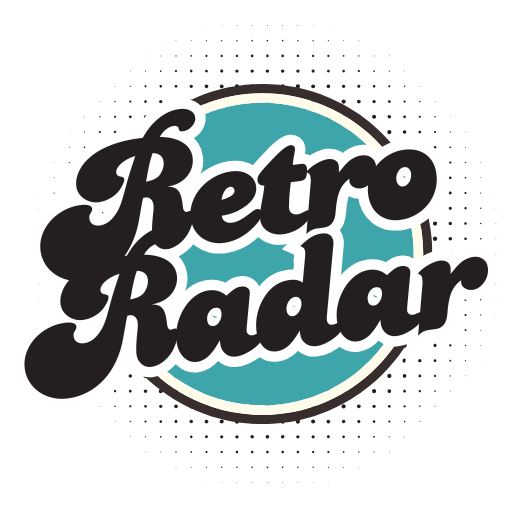15 Haircuts From The ’60s That Made You Instantly Popular (Or Not)

Ah, the swinging ’60s — a time when hair wasn’t just styled, it was engineered. It defied gravity, challenged social norms, and occasionally flirted with the laws of physics.
Growing up in this era felt like living in a technicolor dream where your hair practically had its own zip code and definitely its own attitude. From sky-high beehives that needed scaffolding (and a whole can of Aqua Net) to shaggy mop tops that sparked fan frenzies, hairstyles weren’t just fashion choices — they were statements.
Bold, brave, and sometimes downright bizarre, these looks turned heads, raised eyebrows, and lived rent-free in yearbooks for decades to come. So grab your teasing comb, fire up the blow dryer, and prepare for a funky flashback.
We’re diving into 15 haircuts from the ’60s that were either the talk of the town or the joke of the party — and sometimes, gloriously, both.
1. The Beehive
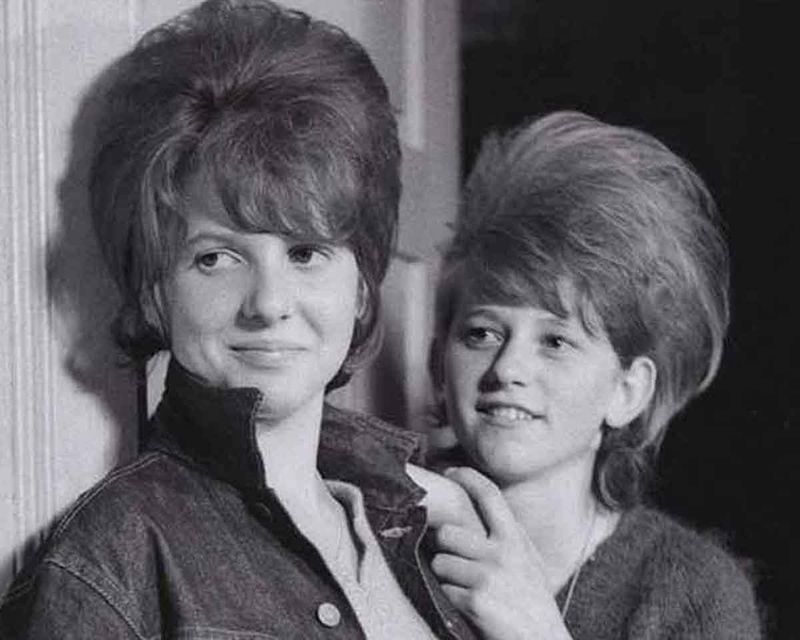
The beehive was the real queen bee of ’60s hairstyles. The taller the hair, the closer to fabulous, as my mother used to say while teasing her own hive like it was an Olympic sport.
It took dedication, half a can of hairspray, and the sheer will to defy gravity. But once that masterpiece was in place, you owned the room. Walking into a party with a beehive was like arriving with a built-in spotlight. The beauty was in the audacity—because who wouldn’t want to walk around with an architectural marvel atop their head?
The downside? Duck through doorframes carefully! And forget about fitting into any car without some strategic seat adjustments. This was the era when hairspray had a bigger carbon footprint than your Chevy, and style was measured by how many inches you could add to your height without falling over.
2. The Mop Top (aka The Beatles Cut)
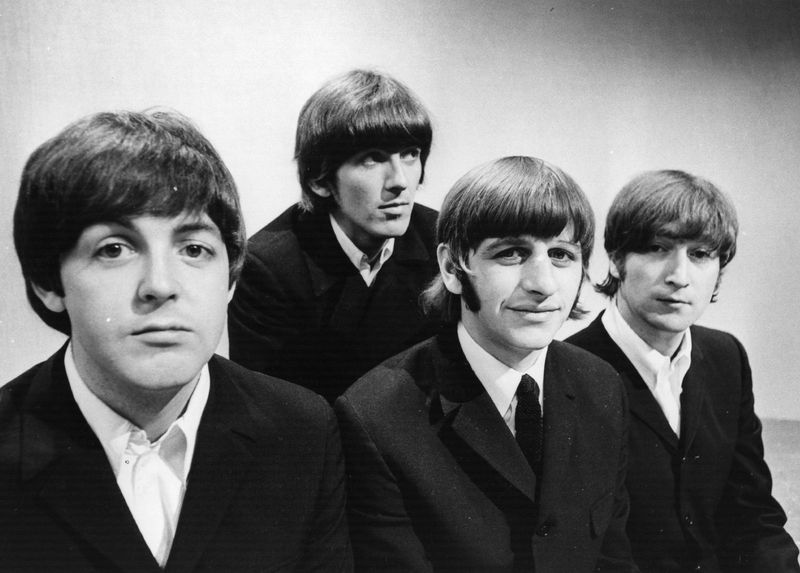
Enter the mop top, a shaggy revolution that swept across the globe, thanks to four lads from Liverpool. Boys everywhere ditched their crew cuts, risking parental disapproval for a chance at Beatlemania-level screams.
My own brother jumped on the bandwagon, and let me tell you, the echoes of teenage girls’ shrieks still ring in my ears. This wasn’t just a hairstyle; it was a cultural phenomenon. If you had this cut, you were automatically cooler than a cucumber in a freezer. The mop top was wonderfully low maintenance—no pomades, gels, or sprays needed, just a head full of hair and a dash of rebellion.
But beware, too much wind, and you’d end up looking like a human dandelion. Oh, and don’t forget the constant head shaking to keep those bangs out of your eyes, a small price to pay for such iconic style.
3. The Bouffant
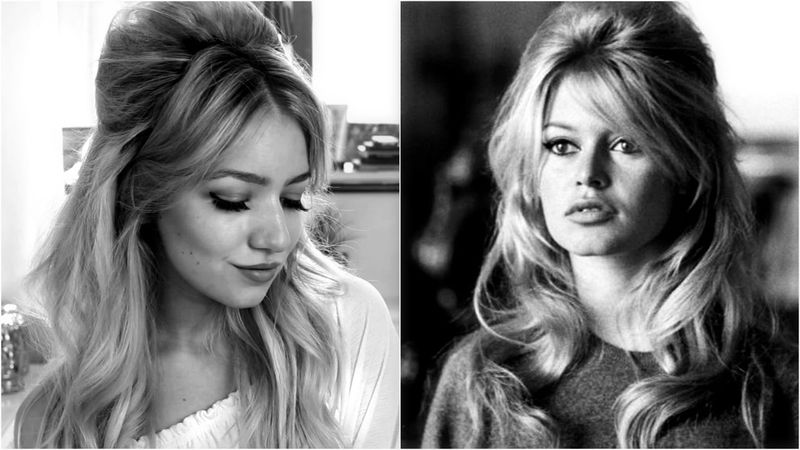
If the beehive was the party queen, then the bouffant was the suburban ruling class’s crowning glory. Big, smooth, and impeccably structured, this style screamed PTA legend the moment you walked in. I remember watching Mrs. Jenkins from down the street, hair as high as her social status, hosting playdates that were more like royal court gatherings.
The bouffant required precision, patience, and possibly a pact with the styling gods. It wasn’t just about the hair; it was about the aura of perfection it created. Sitting at the hairdresser felt like gearing up for a space mission, complete with the giant hooded dryers that looked like something NASA would use.
But oh, the glory when it was done—it was as if you could conquer the world or, at the very least, the neighborhood bake sale. Just be careful near ceiling fans!
4. The Pixie Cut
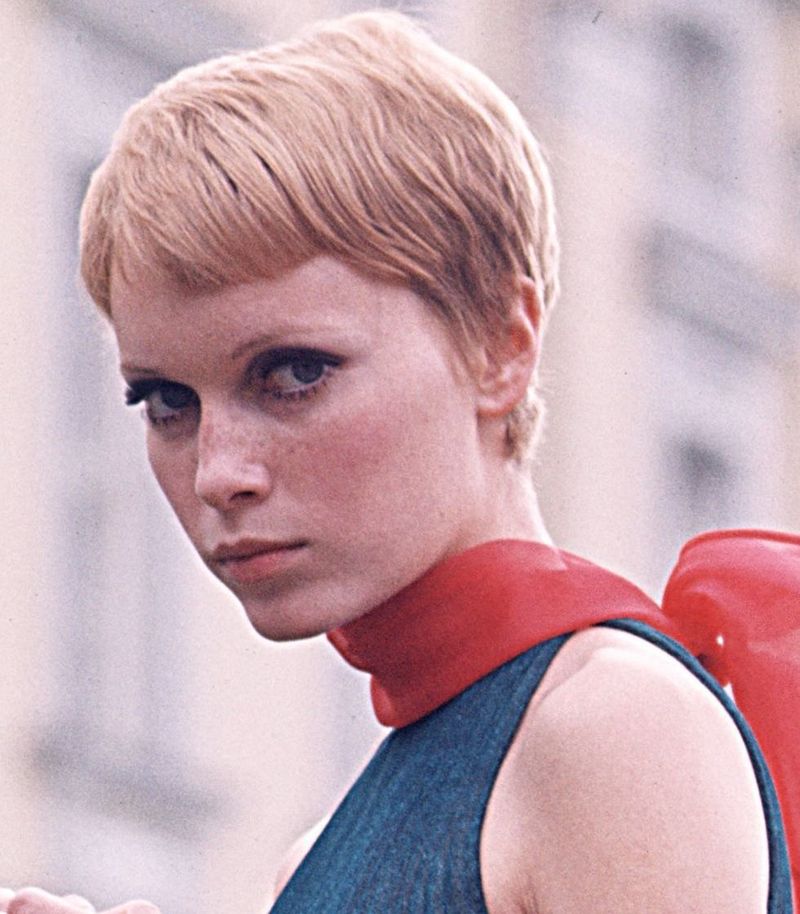
Thanks to icons like Twiggy and Mia Farrow, the pixie cut burst onto the scene with all the boldness of a new era. It was short, sharp, and incredibly chic, whispering, ‘I’m confident, fashionable, and possibly starring in a French film.’ My aunt dared to chop off her long locks one summer, and the transformation was nothing short of magic.
Suddenly, she was the embodiment of ’60s cool, effortlessly pulling off looks that seemed reserved for fashion magazines. The pixie cut was freedom in follicle form—liberating, easy to manage, and a statement of modern womanhood. It wasn’t for everyone; it took confidence and a good bone structure to pull off this daring look.
But if you did, you were a walking embodiment of avant-garde elegance. A word of advice: keep a scarf handy for those chilly days, as you’ll miss the warmth of your former mane.
5. The Ducktail (or DA: Duck’s Ass)
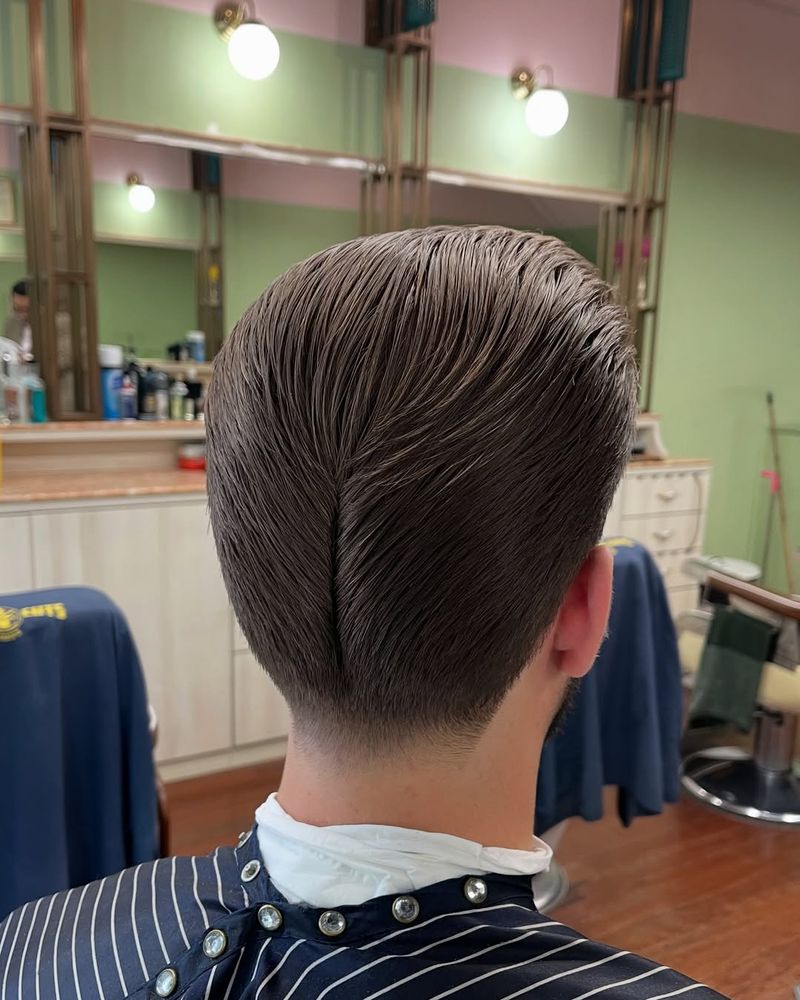
Step aside, greasers! The ducktail, or DA, was the hairstyle that turned heads and raised eyebrows. Slicked back and styled to perfection, you weren’t truly cool unless your comb was permanently sticking out of your back pocket.
My uncle swore by this style, spending hours in front of the mirror to achieve that perfect swoop. The ducktail was pure rebellion, a nod to the Rock ‘n’ Roll era that refused to be forgotten. Of course, maintaining it was a labor of love—or maybe just stubborn vanity—with pomade enough to keep a small oil rig in business.
But oh, the satisfaction when it all came together! It was like wearing a leather jacket on your head, a complete package of coolness. Just be prepared for a bit of teasing—both of the hair and verbal kind—from those envious of your slick style.
6. The Pageboy
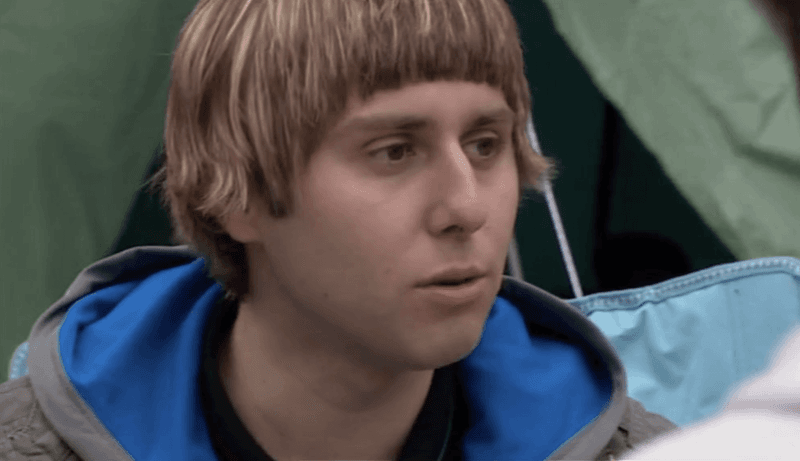
The pageboy was clean, sleek, and carried an air of mystery that made it irresistibly cool. This haircut whispered, ‘I read poetry and know how to party,’ and was as fitting in a bohemian café as it was at a swinging bash.
My cousin rocked this look during her college years, and I remember thinking she was the epitome of sophistication. The beauty of the pageboy lay in its simplicity and versatility—it was equally stylish with a chic headband or a dramatic hat. It needed regular trims to maintain that perfect line, but the payoff was well worth it.
The style was a nod to the classics, yet fresh enough to make a statement in the modern world. So, if you wanted to exude a sense of cool intellectualism, the pageboy was your go-to. Just remember, it pairs best with a dry wit and a love for artsy films.
7. The Afro (Rising in the Late ’60s)
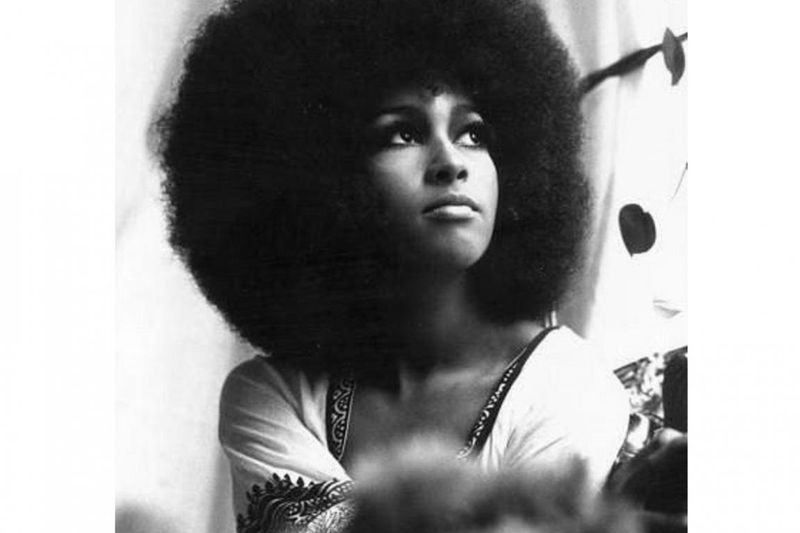
Ah, the afro—a hairstyle that wasn’t just bold; it was revolutionary. Rising in the late ’60s, it was more than a style statement; it was an emblem of pride, strength, and identity. I recall seeing my first afro at a protest march, and it was like a crown of empowerment in a sea of change.
The afro was unapologetic in its natural beauty, a glorious celebration of one’s roots and heritage. This hairstyle needed care and attention, with products and picks aplenty to maintain its iconic shape. But the effort was a small price to pay for such potent symbolism.
It was a proud declaration of self and a rejection of societal norms that tried to box individuality. Always be sure to walk tall with an afro, as it’s not just about the hair; it’s about carrying history, culture, and confidence with every step.
8. The Flipped Bob
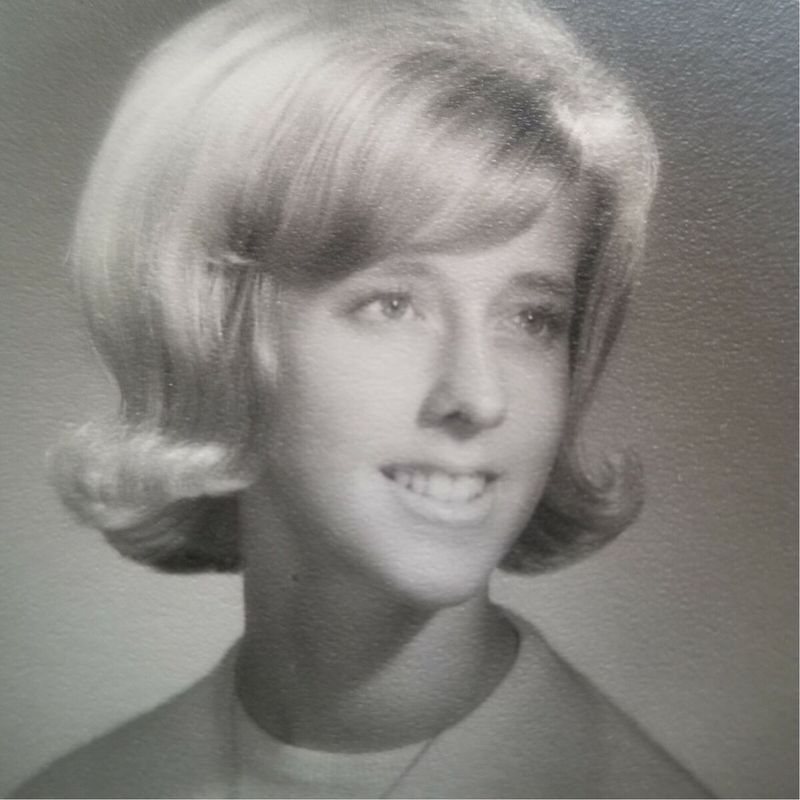
Every girl in the ’60s dreamed of the perfect outward flip—a hairstyle that exuded sass, charm, and a touch of workplace rebellion. The flipped bob was the go-to look for those wanting to channel their inner Mary Tyler Moore. My own attempt at this style taught me a thing or two about the power of a good blow-dry and the perils of humidity.
This cut was all about that perfect flick at the ends, a testament to hours spent with curlers and hairspray. It was professional yet playful, ideal for making a statement in the office or at a cocktail party. The flipped bob was versatile enough to fit any occasion and was the ultimate blend of form and function.
But beware the rogue gust of wind—it could transform your chic flip into a wayward wave faster than you could say ‘hair disaster.’
9. The Flat Top

The flat top was all about precision, making military-sharp and ultra-defined statements with every snip. This style was the epitome of neatness; if your hair could hold a coffee mug, you were doing something right. I remember my neighbor, a retired Marine, sporting this cut and instantly commanding respect without uttering a word.
The flat top was more than just a haircut—it was a lifestyle. It required regular trims, steady hands, and an unwavering commitment to maintaining its geometric perfection. This style wasn’t just for the barracks; it marched confidently into mainstream fashion, embraced by those who valued order over chaos.
The satisfaction of having such an orderly coiffure was immense, but it wasn’t for the faint of heart. Be prepared to answer questions about whether you cut it with a ruler. Indeed, this was a cut above the rest, literally.
10. The Long Hippie Hair (Guys & Girls)

Long hippie hair was the epitome of ’60s counterculture, a refusal to conform to strict societal norms. No styling, no rules—just let it grow and go with the flow. My cousin adopted this look and turned his garage into a haven for jam sessions and free thought. The beauty of long hippie hair was in its simplicity and naturalness.
It didn’t require endless hours in front of a mirror; just a headband and perhaps a daisy or two for good measure. This style was more than hair; it was about embracing freedom, peace, and love. It was an invitation to be one with the cosmos, a symbol of rebellion against the establishment.
But keep in mind, it wasn’t all daisies and sunshine—tangles could be fierce, and the occasional bird mistaking your flowing locks for a nest added unexpected excitement to any day in nature.
11. The Teased Crown
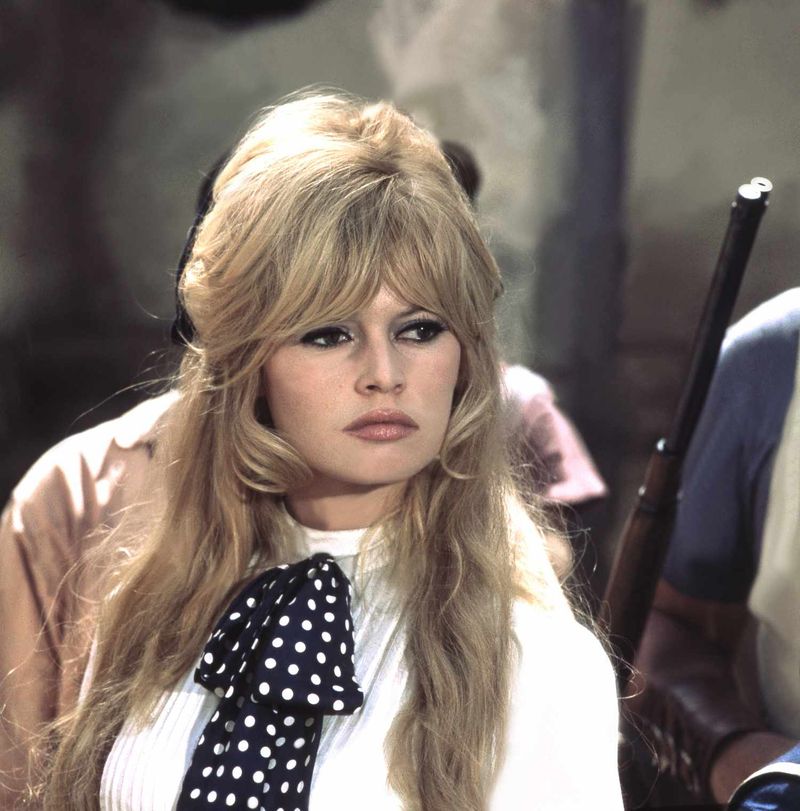
The teased crown was for those who weren’t afraid to go big or go home. You teased it until your arms gave out and sprayed it until the ozone begged for mercy. My friend Lucy was the queen of the sock hop with her towering teased crown, strutting like she ruled the dance floor. This hairstyle was all about volume and attitude, a homage to the rock ‘n’ roll spirit that defined the ’60s.
Achieving the perfect tease required patience, a sturdy comb, and nerves of steel. It was an art form, a delicate balance between chaos and control. And once you nailed it, the result was a crown worthy of any prom queen.
Just be prepared for an hour-long de-teasing session and some serious arm workouts. But oh, the glorious height and drama it brought to any outfit! Remember: the higher the hair, the closer to rock ‘n’ roll heaven.
12. The Shag Cut (Emerging Late ’60s)
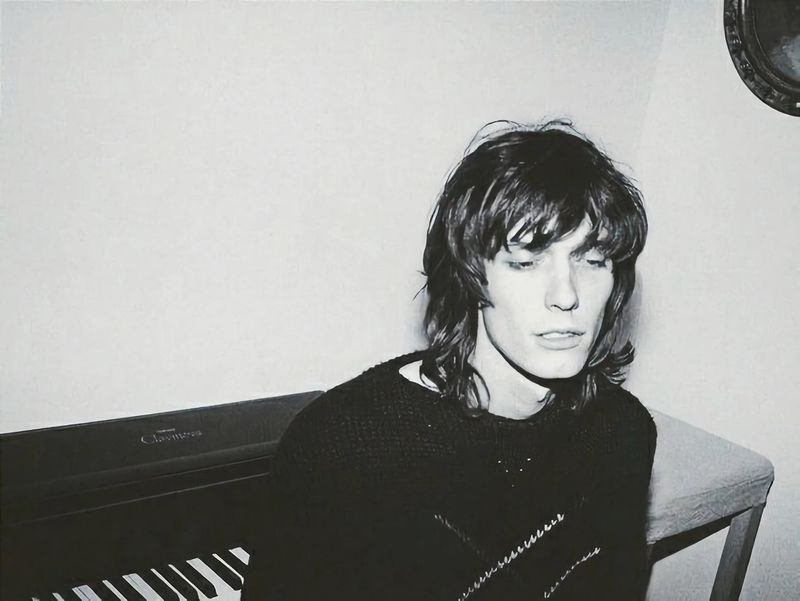
Emerging in the late ’60s, the shag cut was all about messy layers, rocker energy, and bangs that meant business. It said, ‘I’m edgy, but also chill,’ a look perfectly suited for music festivals and weekend gigs. My sister adopted this style, and suddenly, every band in town wanted her in their front row. The shag cut was versatile, easy to style, and effortlessly cool.
It required minimal fuss, just a shake of the head and a touch of product for that lived-in look. The beauty of the shag was in its imperfection—a perfectly imperfect mess that embodied the free spirit of the era.
This cut wasn’t just a hairstyle; it was a movement, a nod to the rock gods and goddesses who dared to defy the norm. So, if you wanted to rock on without a care, the shag cut was your ticket to endless adventures.
13. The Pudding Bowl Cut
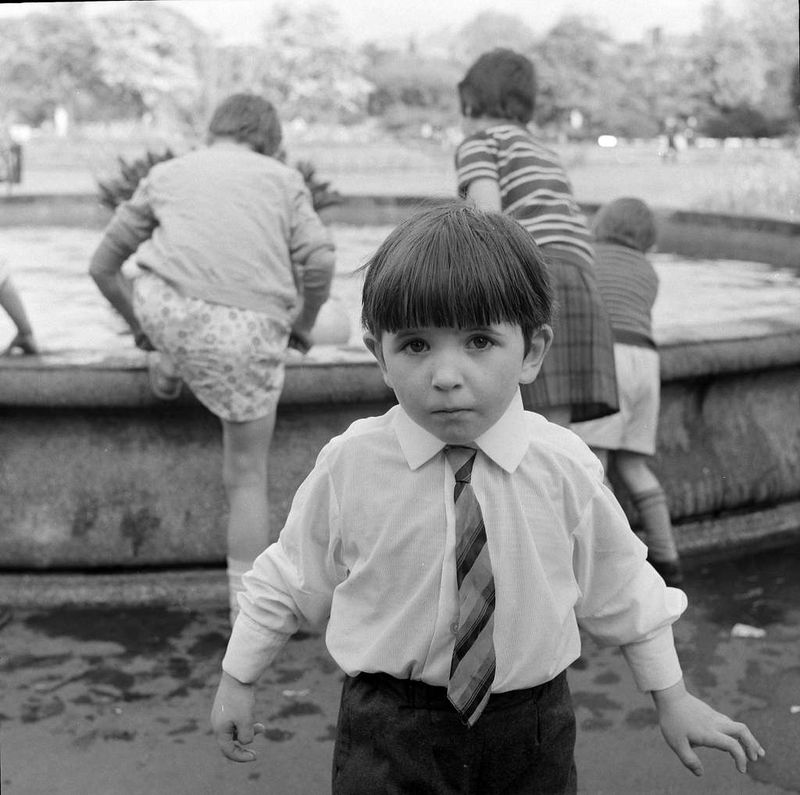
Ah, the pudding bowl cut—a style often inflicted upon small children by mothers with scissors and misplaced confidence. This cut was not a vibe, unless you were going for the look of a miniature monk in training. I still have childhood photos that make me cringe, thanks to my mom’s ‘artistic vision’ in the kitchen-turned-salon.
The pudding bowl cut was practical, I’ll give it that—it required zero styling effort, and you could always spot your kid in a crowd. But fashion-forward? Not so much. It was usually a rite of passage, a childhood phase that you outgrew as soon as you discovered autonomy and a reputable barber.
Still, it offers great comedic value at family gatherings where embarrassing photo albums resurface. Let’s just say if you rocked this look, you’ve earned the right to a lifetime of good-natured teasing and possibly a free pass on questionable style choices forever.
14. The Crew Cut

Old-school and military clean, the crew cut was the go-to for those seeking simplicity and dad’s approval. You weren’t winning any style awards, but you were definitely winning over the old man. My brother sported this look throughout high school, and it was as practical as it was predictable.
The crew cut was a no-nonsense haircut—short, neat, and easy to maintain, which meant more time for sports and less fuss with mirrors. It was the epitome of ‘less is more’ in a decade that often favored the opposite approach.
The upside? You never had to worry about bedhead or bad hair days. The downside? Standing out in a sea of crew cuts was a challenge, unless you dyed it neon pink—but then you’d lose the whole approval thing. Overall, it was a haircut that got the job done, even if it didn’t make headlines or history.
15. The Victory Rolls (Still Clinging from the ’40s/Early ’50s)
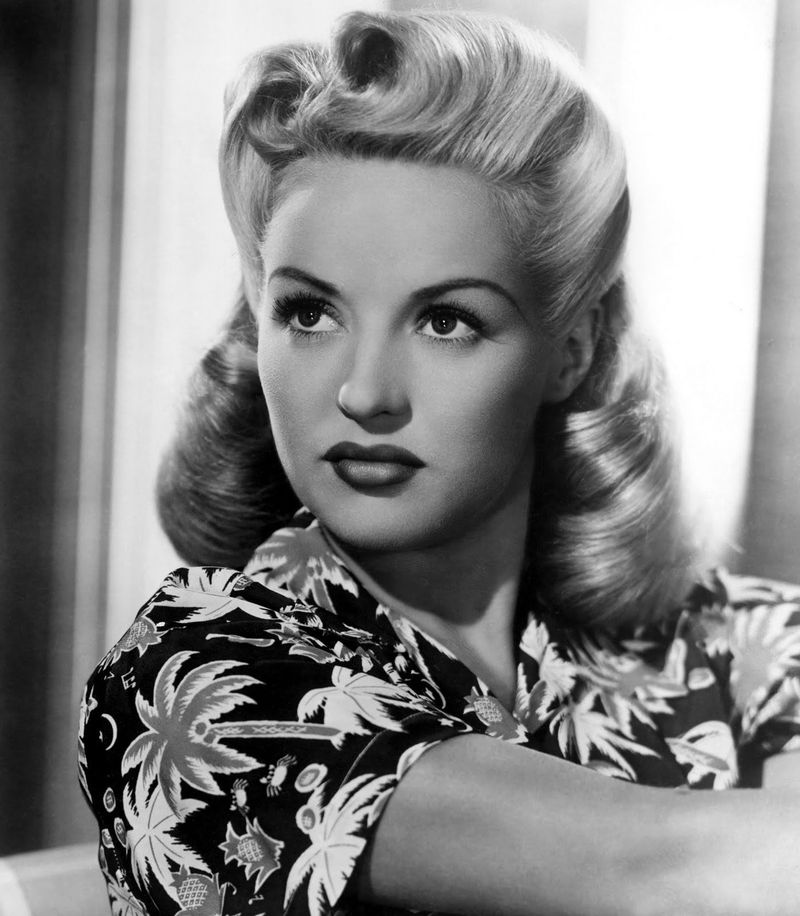
By the ’60s, victory rolls were fading fast, but some resilient souls held on to this classic wartime look. If done right, you could achieve vintage vixen, but if done wrong, it skewed more grandma chic—not in the good way. My great aunt was a stalwart fan of this style, keeping her rolls tidy and tight, reminiscent of a bygone era.
Victory rolls required skill and a hefty amount of bobby pins to stay intact through the day. The style was a nod to the past, a salute to the days when hair was as much about drama as it was about fashion. Though not a typical ’60s look, those who wore it carried a sense of nostalgia and timelessness.
If you wanted to channel old Hollywood glamour, this was the way to go. Just be prepared for puzzled looks from those who wondered if you got lost on your way from the ’40s.
